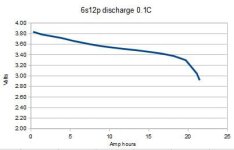Hillhater
100 TW
Aluminum is used for beverage ..beer, soft drink, etc and a few tuna type cans. Most food, pet food, soup cans are still steel as they use a resistance welding process to construct them. Polymer/epoxy coatings have always been used on beverage and some food cansLewTwo said:....By the way in the US most of those food cans are now teflon coated (or some other unknown thin film). Also many vendors are switching to aluminum instead of steel for the base metal.
Sure you have to be selective if you really want to use can tinplate ( suggest paper labled bean cans, as they have no coatings inside or out) but better to seek out some of the bigger commercial containers like unused paint cans or biscuit tins.
But tin coated steel strip is a commercial product..... if you can find the outlets !


